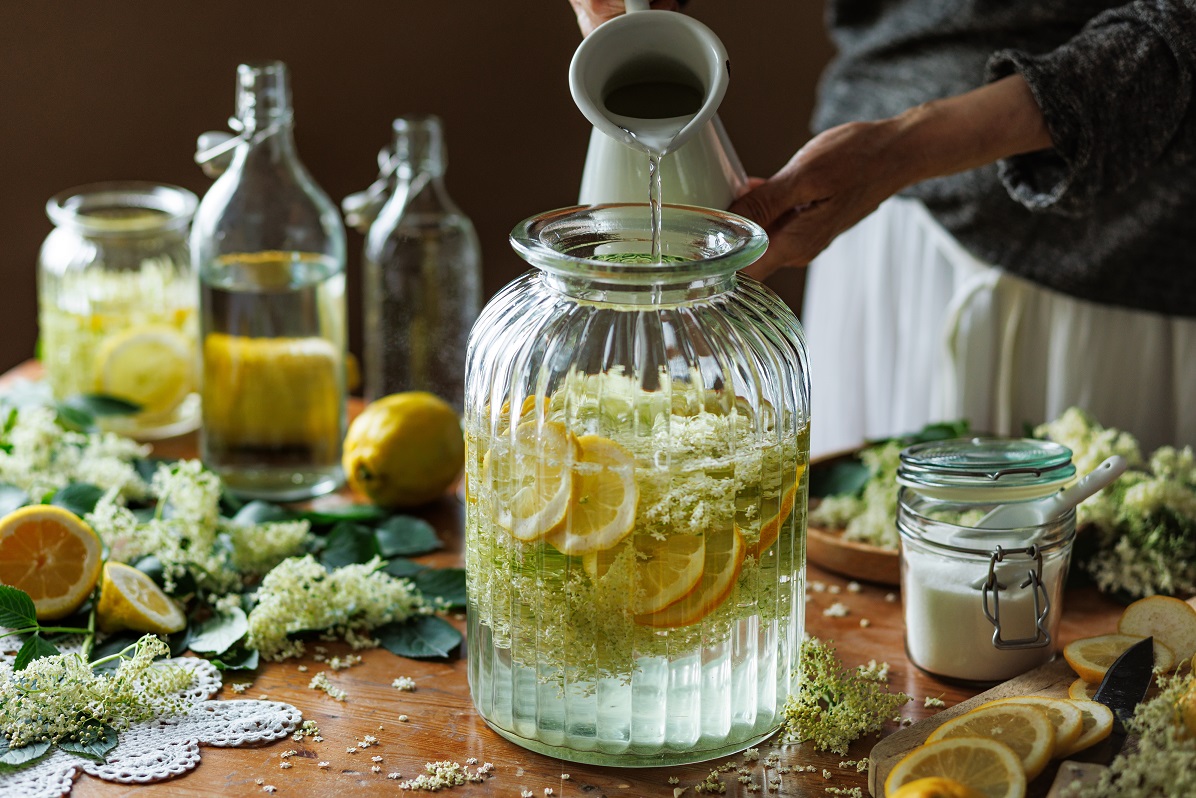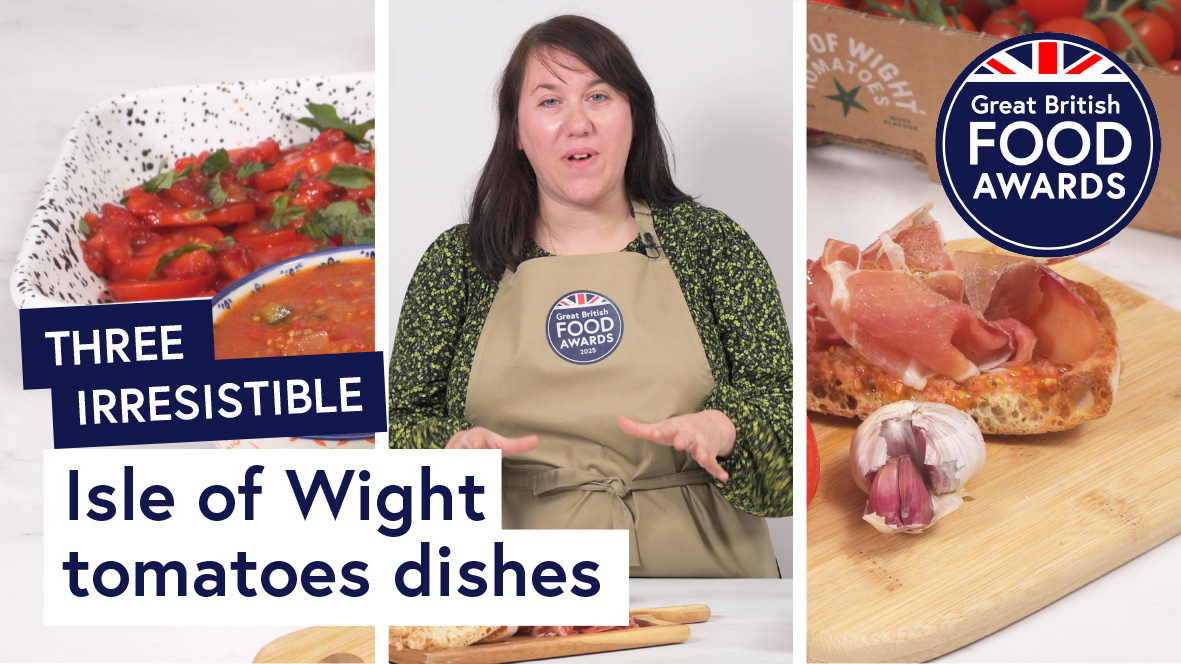Elderflower is a wonderfully diverse ingredient. While its flavour is distinctive, its sweet and floral nature means it pairs well with a wealth of other flavours. Luckily, in the UK Elder trees are abundant, meaning it’s highly likely you’ll be able to forage elderflower for yourself. Just look out for the bursts of white flowers which should be blooming anytime now. Kate Cartwright, shares her top tips for foraging success.
How to find elderflowers in the wild
1. Elder trees are easy to spot thanks to their sprawling white flowers which look like a burst of small creamy petals. The trees its be small in size, often shrub like. They're plentiful throughout the UK and often grow in woods, hedges or even in parks or on big streets.
2. Before you even spot the flower, you may be able to smell it! Elderflower has a distinctive aroma which many say is the scent of summer’ – it should smell floral and creamy. If the flowers have a brown colour or smell musty, it’s best to leave that plant.
3. Lastly, be sure you’re not confusing elderflower with other similar looking plants like Pyracantha or Cow Parsley. If possible, take a photo of elderflower with you so you can compare. Remember that elderflowers grow from woody, leafy branches, have five rounded petals and yellow anthers. Never pick anything you're not sure about.
How to prepare elderflowers
If you can, try to pick your elderflower in fair weather. The blooms will be packed with pollen and it’s this which gives the plant its signature taste. Poor weather can mean that the pollen has been washed or blown away, resulting in a less flavourful return. It’s also worth avoiding any elderflowers from beside roads or railway lines as these can be tainted with fumes. Instead try to wander farther afield for your crop. This is important as when you come to prepare your flowers, you shouldn’t wash them, as this will remove the aforementioned pollen.
Pick off any bugs, then trim the blossoms into a container ensuring you gather any pollen that falls away. Discard the stems. It’s best to use elderflower right away, but if you do need to store it, place your flowers in a paper bag and keep in a cool, dry place.
How to cook with elderflowers
Make Elderflower Champagne
Elderflower Champagne is the perfect, elegant use for these flowers. To make a batch of your own you’ll need sugar, lemons, and some white wine vinegar.
A simple recipe can be found from River Cottage, requiring only basic equipment and some appropriate bottles of choice, just make sure these have a cork or stopper to create that fizz! This recipe requires a little patience as you’ll need to wait at least a week before your batch is ready. If you plan on storing your champagne, you may need to pop the lid occasionally to release excess pressure from building up. Once ready, the drink makes a perfect garden party tipple, ideal for sharing with friends!
Make Elderflower Fritters
This recipe is much simpler than it sounds. Simply mix together 70g plain flour, 1.5 tsps icing sugar and a pinch of salt. Break in one large egg and whisk in with 120mls sparkling water, adding the water bit by bit. Aim for a thick texture that is still a little runny. Once ready, dip in some prepared elderflower heads then add to a pan of hot, but not smoking, oil. The fritters should turn golden brown and be ready to remove in under a minute. Once ready, remove and leave to dry on kitchen paper, then dust in icing sugar or serve with a drizzle of honey. For a more adventurous taste, swap out the sparkling water for beer or ginger beer for a different twist.


